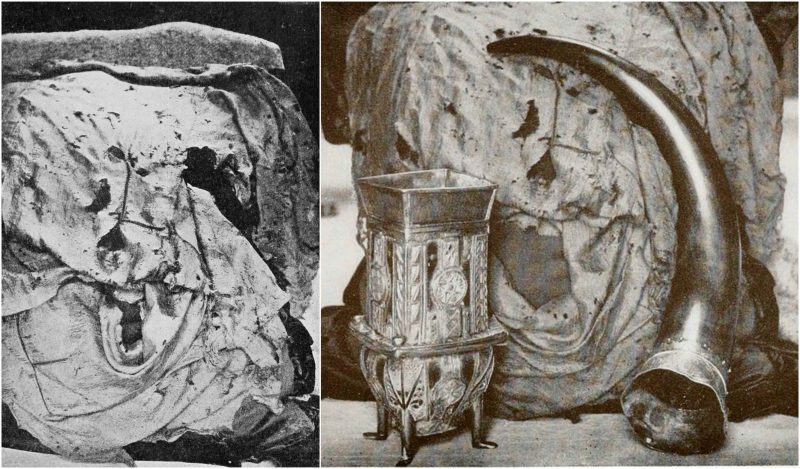The story goes that when King Harald Hardrada went to conquer England in 1066 he took the magic flag “Land Ravager” (today known as the “Fairy flag”) with him and it was supposed to bring him victory.
But he was killed during the battle of Stamford Bridge and the flag was lost and later found in the drawing room of Dunvegan Castle as the most precious object of the MacLeods among the Dunvegan Cup and Sir Rory Mor’s Horn.
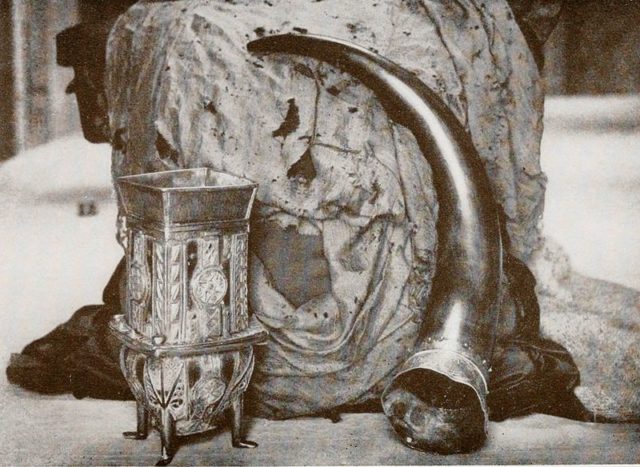
The flag is made of silk and it’s 18 inches (46 cm) squared. It extremely fragile and not in a good condition – it is ripped and tattered and even its color can not be claimed as yellow or brown. It is covered with small “elf dots” and until the 19th century, it was also marked with small crosses that disappeared.
Since the truth remains unknown there is a variety of stories about its origins. Some people believe that it was a gift from the fairies to an infant chieftain, while others that a fairy gave it to a chief who was her lover before her departure, and there is also a story that it was a gift from the fairies for defeating an evil spirit.
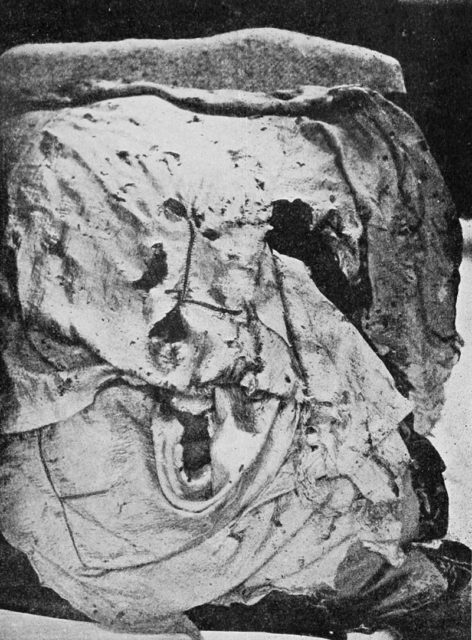
The flag is attributed with magical powers such as the ability to multiply clan’s military forces, cure a plague on a cattle, increase chances of fertility etc. It is also said that if the flag is waved for more than three times it would vanish or lose its magical powers.
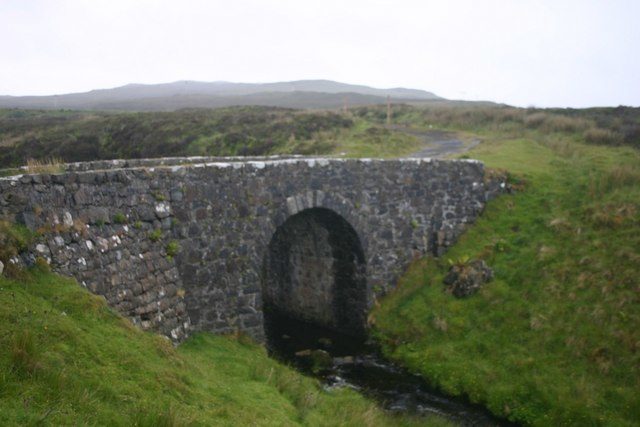
According to the English archaeologist A.J.B. Wace of the Victoria and Albert Museum who examined the flag during the early 20th century, its silk had been woven in either Syria or Rhodes while the darns originate from the Near East. He also argued that in its original state, the flag would have been a precious relic such as the shirt of a saint.
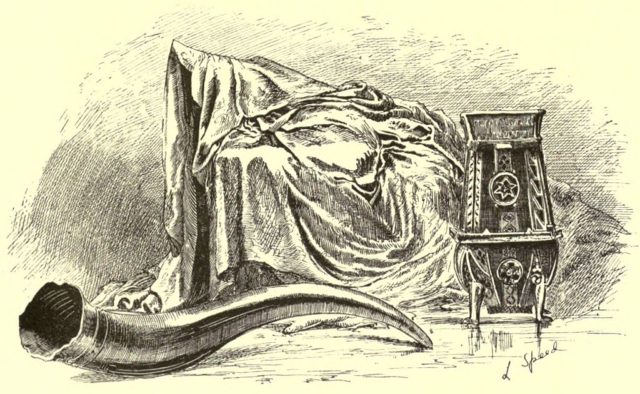
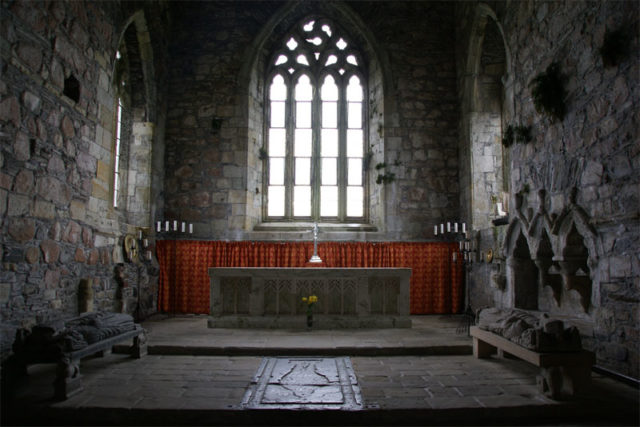
Now, the Fairy presence in the Dunvegan Castle on the Isle of Skye, the MacLeods home, is a question that nobody could give a certain answer to. There is a theory that a MacLeod received it when he was in the Holy Land on a crusade.
Another legend says that the MacLeods will be invincible in a battle if they wave the Fairy Flag, but the magic can be used only three times and has already been used twice in the past.
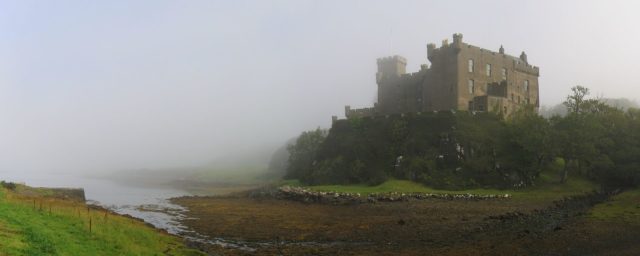
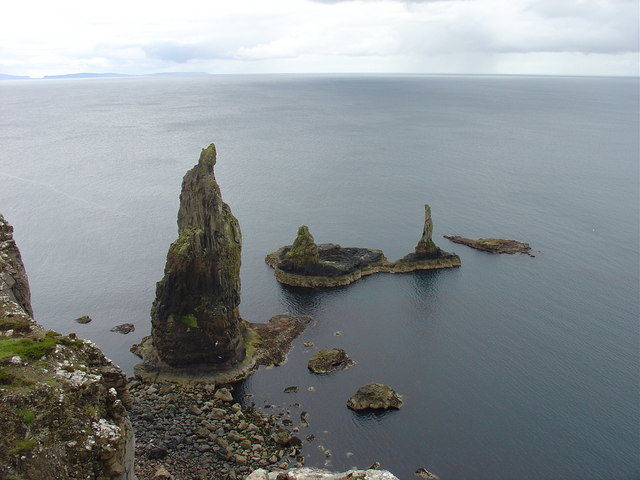
Many young clansmen had a photograph of the Fairy flag as a lucky charm when they went to serve their country during the WWII. There was a big fire in 1938 during which the Dunvegan Castle was seriously damaged. The Fairy flag didn’t save the castle from the fire but maybe without it, the interior of the Castle would also have burned.
